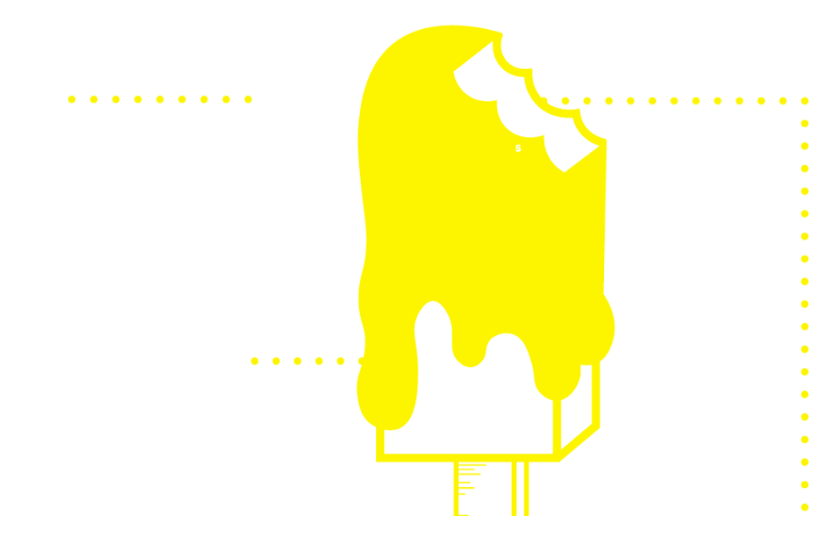Dear David: Musings on design thinking and getting more buck for our bangers

Dear David,
It seems to me the New Zealand economy is limited if we can only sell milk and meat offshore cheaply. How can we get more buck for our bangers?
Regards,
Di Versity
Dear Di,
There is a very simple set of logical steps here. New Zealand is a small country, competing in a big world. There are no shortages of opportunities in the world. It’s also unlikely we can be the biggest player in a particular sector. Therefore, competing on price or volume is not going to be a winning strategy – we’ll likely always have bigger competitors who can undercut our prices, or deliver at bigger volume. Therefore, the best approach would appear to be to pick small niches, often ignored by the bigger players, and then compete on quality, brand or function. Getting up the mythical ‘value curve’ is important if we want to be able to command good prices for our products or services – and design, as a discipline and approach, is a good way to create the value (or perception of value).
Design is the way to take a side of lamb, exporting for $5/kg, and turn it into a branded consumer product, with attractive packaging and high value cuts, selling at five times that. Design is the way our wine industry creates brands that evoke in consumers the feeling that they are living in the green fields of Marlborough and then pay an extra few dollars a bottle. Design is the way Fisher & Paykel Healthcare can be the world leader in sleep apnea respiratory devices.
There is no silver bullet. Growing internationally is a hard slog, but the essence of strategy is to choose where to play, and how to win. Choosing to play in a small niche means you can win with a high value, well-designed product or service.
Dear David,
I’ve heard a lot over the past few years about how ‘design thinking’ is the best thing since sliced bread. Is it all just hot air?
Yours,
Simon Cynic
Dear simon,
Yes, ‘design thinking’ has become something of a business buzzword over the past year or so. It may even have moved over the hype cycle into something of a cliché. However, that doesn’t mean it doesn’t have value.
At its essence, design thinking is a tool, in the same way that a SWOT analysis is a tool, or a business plan is a tool. It’s great for expanding thinking and coming up with new ways of looking at a problem, typically led with a strong understanding of the customer. A common design thinking model has you first understanding what intrinsic or unstated needs a customer might have, boiling that down to its essence, generating ideas that can meet that need, then prototyping and testing rapidly and iteratively. That’s in contrast to some techniques that would start with a product design that might get tested with a customer later in the development cycle.
We see the use of design thinking as a natural fit with an international growth strategy, in part because of that critical first step of deep customer understanding. It’s a common mistake when growing internationally to take your existing New Zealand lens on a problem and take products to other markets that might never work.
We’ve seen food companies (for instance) launch products with taste or packaging that won’t appeal to consumers in that market, or with a brand story or advertising campaign that doesn’t talk to the customers in a way they connect with. It’s costly and time consuming to launch a product or brand, so why not give yourself the best chance you can. If you knew before you even started making your muesli that Asian consumers typically don’t like very sweet flavours, that packaging is typically brighter and with more colour than in New Zealand, and that breakfast cereal is virtually never eaten with milk, how much more valuable would that be than launching your beautiful (to our palate) vanilla and honey crunch clusters and seeing them sit on the supermarket shelf.
Design thinking is a tool that you can use to help get the insights you need, and then it’s a way to prototype and test your ideas towards the solution. It’s not magic, nor is it too mysterious. One of the challenges I think the technique faces is the obscure and exclusive language that sometimes gets used to explain it (for example, empathise or ideate). If you use simple concepts, it’s a powerful technique.

By day (and the occasional night) David Downs is general manager, services, at NZTE. He also authors books (No.8 Re-Wired is the latest), presents on radio and TV, and plays the ukulele (we can’t all be perfect).




